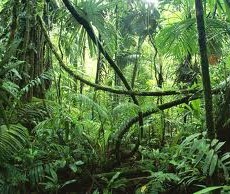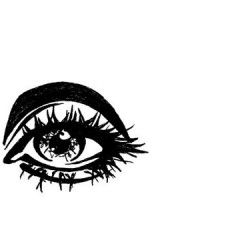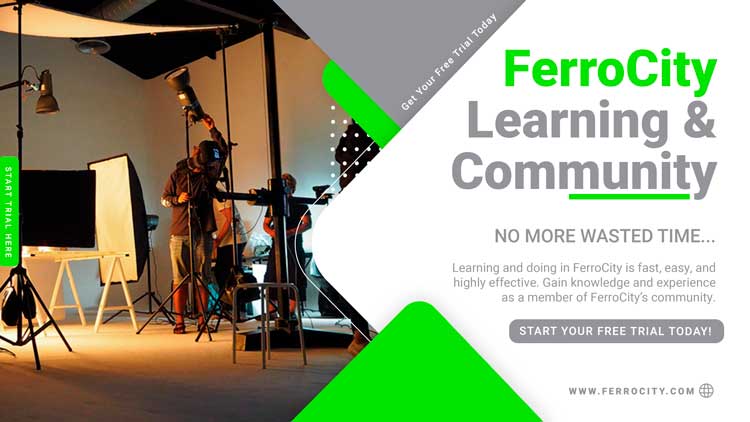Learn to See
A few years ago I was on holiday in the Costa Rican cloud forest. (BTW one of the most beautiful places on earth). While walking through the dense forest (jungle) I took a few minutes and applied my ear training to my vision. I sat down and “looked”. For the first few minutes I extended my peripheral vision (the extreme left and right corners of ones vision while looking straight ahead) as wide as possible. I used a Native American technique of ghost walking, defined by author Tom Brown. This technique is used to minimize the body’s movement while tracking in the wilderness by widening the scope of your peripheral vision. To practice this, find a comfortable position either sitting or standing. Hold your head in static position and find a visual focal point directly in front of you. While you keep that image in your focus, start widening your vision without moving you head or your eyes. It’s more about your brain absorbing a broad scope of images than it is you increasing your actual eyesight. Your eyes have always been capable of wide vision. It’s your brain’s processing that presents the physical limitations. Try to identify items first on the left then on the right. Each time try to focus on extending those boundaries. There is no right or wrong. No better or worse. It’s only meant to rewire your brain to allow for a broader focus.
The next exercise helps your macro / micro focus. Let’s go back to the cloud forest because there is no limit to the images you can find as you move in either the macro or micro direction. Standing on the forest path and using my “Common Composition Vision” (Common Composition Vision: Defined as per ME: The every day vision we use to compose the sights of our daily life.) I could see hundreds of trees, flowers, and ground growth. When I began narrowing my composition vision I began to realize how much was being missed in the wider framing. Still, without moving I continued to narrow my vision and to my amazement I realized the level of detail in the composition was actually increasing. It was identical to the hearing exercise. The more focused on a narrow selection the more I saw / heard. There was obviously a limit to my actual sight, so at one point I had to physically move forward. I was then able to to focus my visual composition into the amazing details of the micro world that is usually over looked by thousands of people passing through there every year.
The final focus is on colors, shading and lighting. All the images we have been adding or deleting from our Composition Vision are all comprised of millions of variations in colors and shades of those colors. By simply applying the same focal training we’ve been discussing for both auditory and visual, we can learn to see the enormous color pallet that nature provided us. This time instead of “looking at images” we will be “looking” only at the colors. Use the same macro / micro focusing technique. See the color then narrow your focus and see how many additional colors are present. How many shades of colors are combined to create that original one? Once you have repeated this exercise for dozens of colors we will shift our focus onto lighting. What is the source of the lighting? Where is the light coming from? What is defusing or breaking up the light? How do all these elements affect your visional impression of the composition your eye is framing?
Since those early years, I have been using these vision / ear exercises wherever I go. It never fails to amaze me how much we miss every day. A perfect example is when you travel to a place you’ve never been before. If someone asked you to detail what you just saw or heard you’d go into great detail about the surrounding sites and sounds. If that same person asked you to describe your neighborhood I bet you’d be hard pressed to describe even half as many details.
These exercises may not change your life or enhance your abilities immediately, although, they WILL absolutely alter how you see and hear the world everyday. That alone will have an enormous affect on how you add textures to your art and enhance your ability to bring your imagination and your mind’s vision to life.
NOTE: These suggestions and exercises are not intended to represent medical or neurologic exercise. They are presented purely as artist development techniques.




